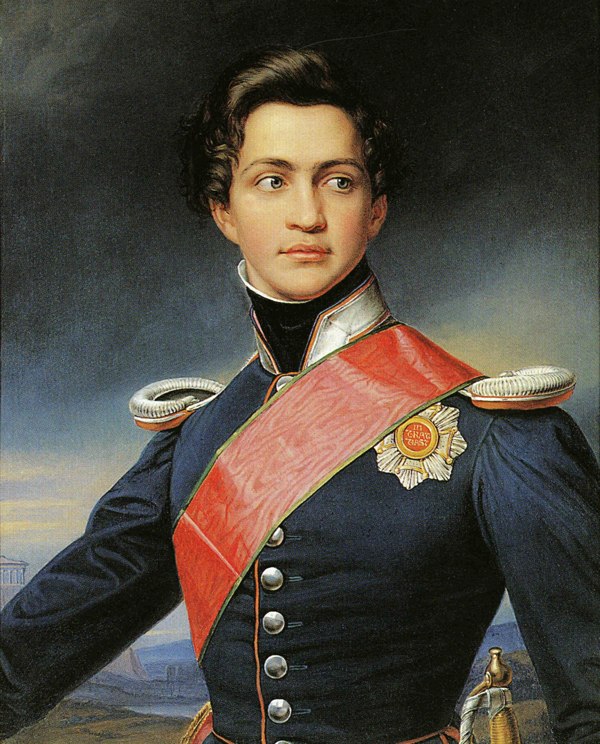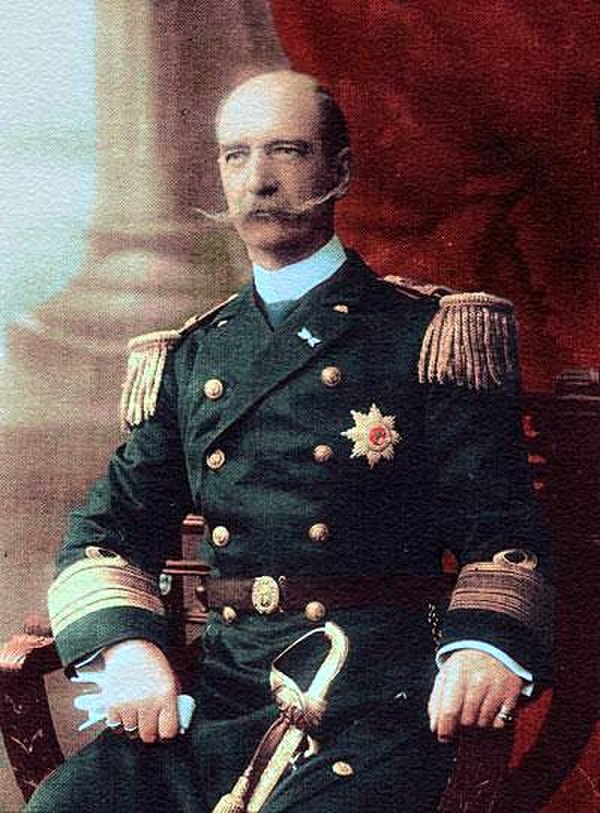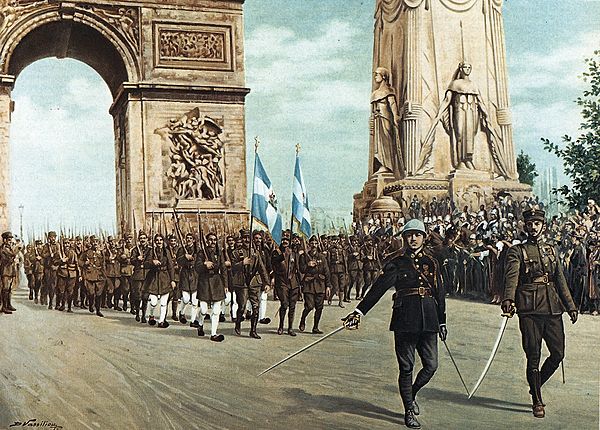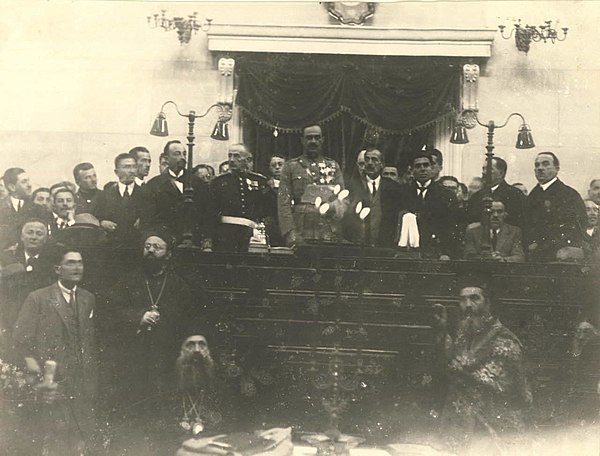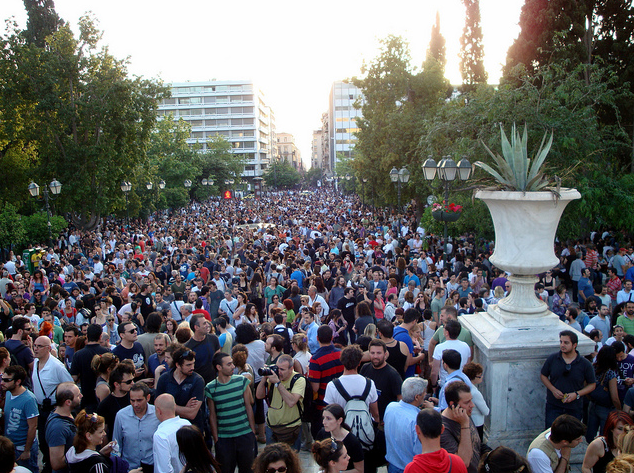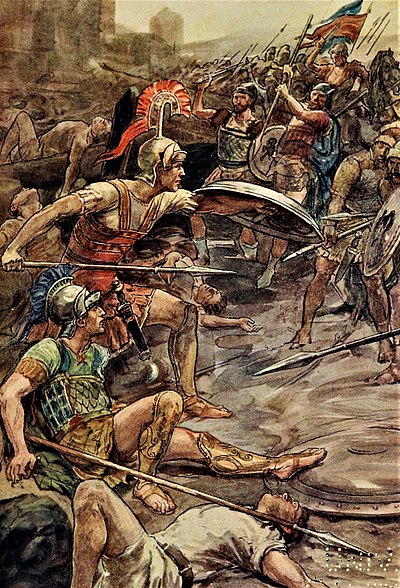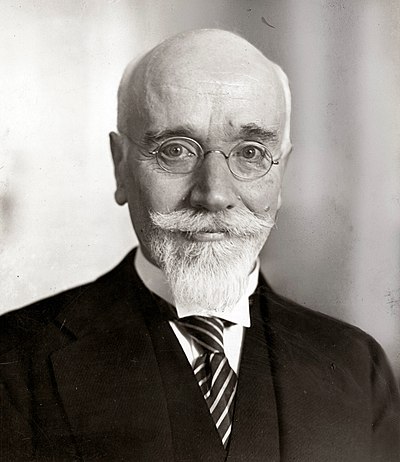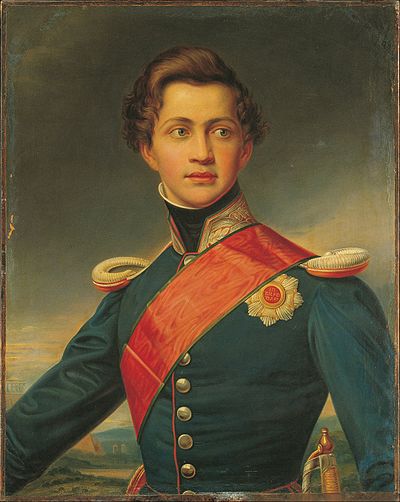The Late Bronze Age collapse was a time of widespread societal collapse during the 12th century BCE, between c. 1200 and 1150. The collapse affected a large area of the Eastern Mediterranean (North Africa and Southeast Europe) and the Near East, in particular Egypt, eastern Libya, the Balkans, the Aegean, Anatolia, and the Caucasus. It was sudden, violent, and culturally disruptive for many Bronze Age civilizations, and it brought a sharp economic decline to regional powers, notably ushering in the Greek Dark Ages.
The palace economy of Mycenaean Greece, the Aegean region, and Anatolia that characterized the Late Bronze Age disintegrated, transforming into the small isolated village cultures of the Greek Dark Ages, which lasted from around 1100 to the beginning of the better-known Archaic age around 750 BCE. The Hittite Empire of Anatolia and the Levant collapsed, while states such as the Middle Assyrian Empire in Mesopotamia and the New Kingdom of Egypt survived but were weakened. Conversely, some peoples such as the Phoenicians enjoyed increased autonomy and power with the waning military presence of Egypt and Assyria in West Asia.
The reason why the arbitrary date 1200 BCE acts as the beginning of the end of the Late Bronze Age goes back to one German historian, Arnold Hermann Ludwig Heeren. In one of his histories on ancient Greece from 1817, Heeren stated that the first period of Greek prehistory ended around 1200 BCE, basing this date on the fall of Troy at 1190 after ten years of war. He then went on in 1826 to date the end of the Egyptian 19th Dynasty as well to around 1200 BCE. Throughout the remainder of the 19th century CE other events were then subsumed into the year 1200 BCE including the invasion of the Sea Peoples, the Dorian invasion, the fall of Mycenaean Greece, and eventually in 1896 BCE the first mention of Israel in the southern Levant recorded on the Merneptah Stele.
Competing theories of the cause of the Late Bronze Age collapse have been proposed since the 19th century, with most involving the violent destruction of cities and towns. These include volcanic eruptions, droughts, disease, earthquakes, invasions by the Sea Peoples or migrations of the Dorians, economic disruptions due to increased ironworking, and changes in military technology and methods that brought the decline of chariot warfare. However, recent research suggests that earthquakes were not as impactful as previously believed. Following the collapse, gradual changes in metallurgic technology led to the subsequent Iron Age across Eurasia and Africa during the 1st millennium BCE.


















